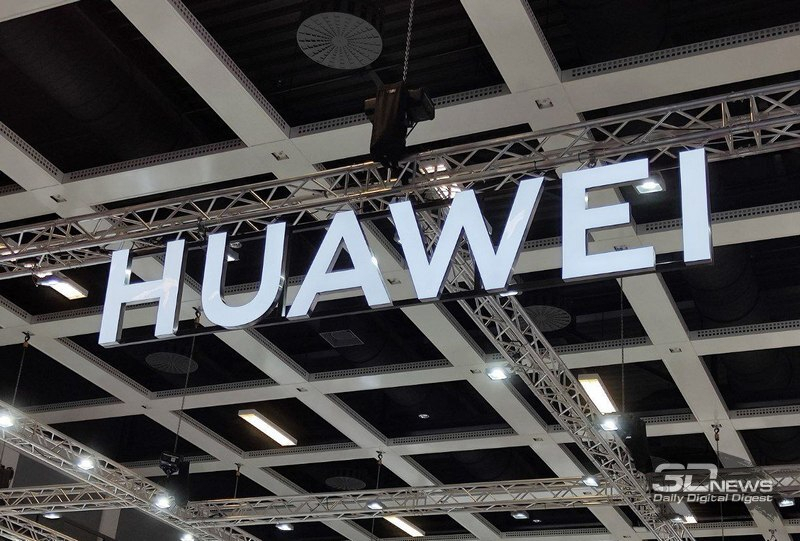Huawei has said that all its devices released in 2025 will run its proprietary HarmonyOS Next platform, which leaves no trace of Android. The company will begin its deployment in China, allowing users to choose whether to use the new OS or the Android-compatible version of HarmonyOS 4.3.

Huawei’s first line of smartphones running HarmonyOS Next will be the Mate 70 series, unveiled this week, which will go on sale on December 4. Buyers who have such a need will be able to choose the older version of HarmonyOS 4.3 based on Android. Deploying a proprietary platform that is incompatible with Android will not be an easy task even for Huawei, according to analysts interviewed by the South China Morning Post. It will be especially difficult to attract foreign developers whose earnings in China are minimal – they may find it too expensive to develop and support versions of applications for HarmonyOS Next.
For users, the choice will also be difficult: the absence of even one application familiar to a person on the new platform may discourage him from purchasing a device; and even when traveling abroad, the vast majority of local applications on HarmonyOS Next will not launch. In its current state, the range of software for it includes 15 thousand items, and the project will reach maturity when it reaches the 100 thousand level – this will happen, as Huawei expects, in the next six months or a year. For the Chinese company, the project is of great importance – it will help it break the dominance of Google Android and Apple iOS in China; Because of American sanctions, she herself cannot use many American technologies without permission from Washington.
The first version of Huawei HarmonyOS was released in August 2019, but even in China the number of its users began to grow only with the release of the Mate 60 series of smartphones, which marked the company’s return to the 5G phone market. At the end of the second quarter of this year, the share of HarmonyOS in China was 17%, which is higher than the share of iOS (16%), but significantly lower than that of Android (68%); in the global market, HarmonyOS’s share is only 4%, with 80% for Android and 16% for iOS.
Without access to the Google Mobile Services package, Huawei focused its efforts on the Chinese domestic market: in the third quarter, it sold 94% of its smartphones at home. But the electronic giant is unlikely to be satisfied with the status of only a local brand – having strengthened the HarmonyOS ecosystem in China, the company will begin to deploy it in other countries of the world. Among the foreign partners of the application for HarmonyOS Next, the Singaporean ride ordering platform Grab and the state airline of Dubai Emirates decided to release them.